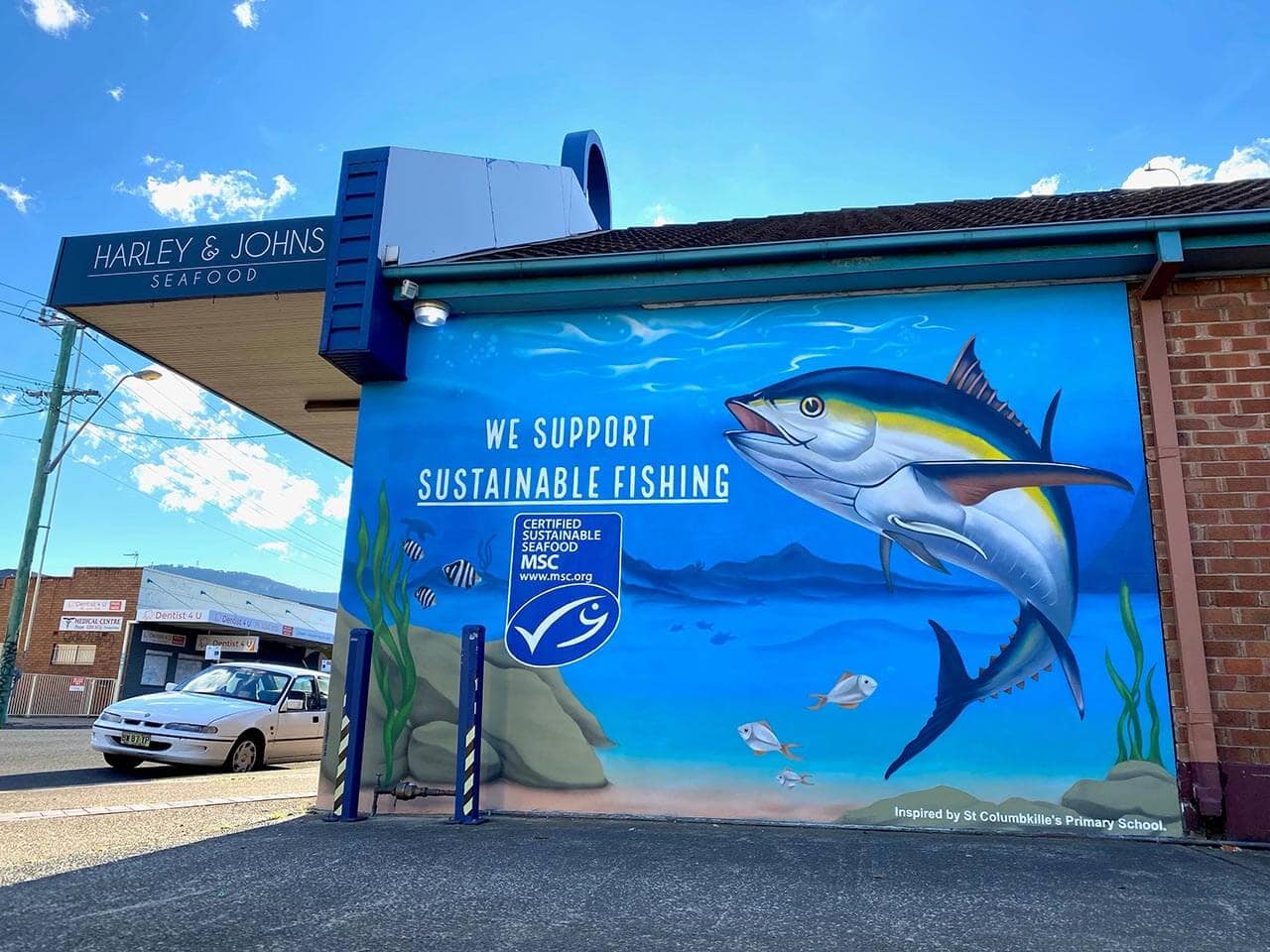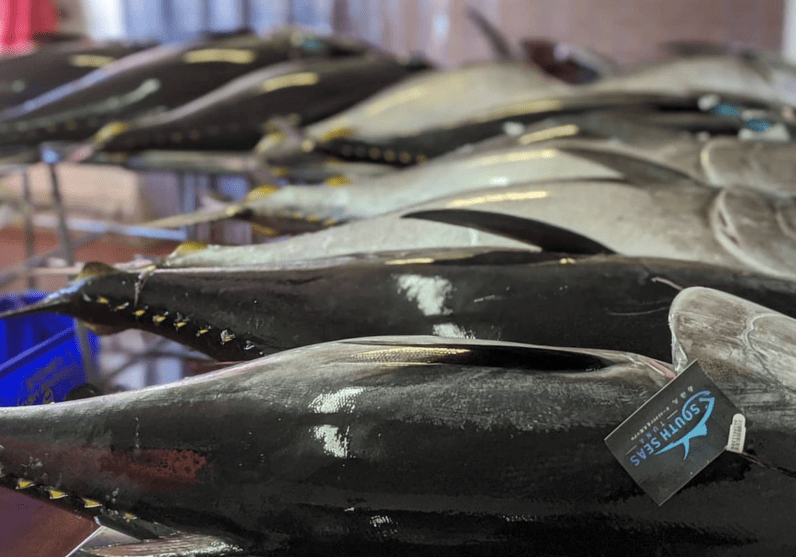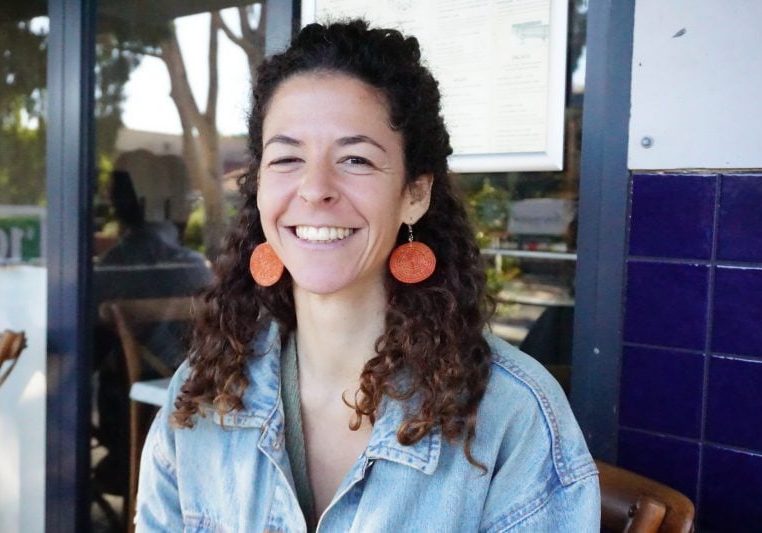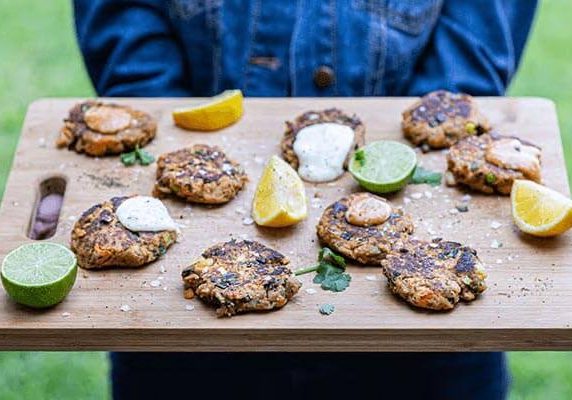Follow the fish: Tracing tuna from the boat to shop in MSC webinar
How big are tuna, how are they caught, and are they delicious?
These were some of the more than 200 questions asked by school students during the Follow the Fish webinar on 18 August 2021 hosted by the Marine Stewardship Council (MSC).
Tuna Australia's Program Manager Phil Ravanello participated in the webinar hosted by science communicator, TV presenter, and model Laura Wells.
Catching tuna
Starting the webinar on the topic of catch, Phil explained to the school students that tuna fishers use a “really long fishing line”, up to 100 kilometres long, with hooks hanging off it.
“Sometimes there are up to two-and-a-half to three thousand hooks, which are baited with squid, and the lines are set out in the ocean and drift with the currents.
Because tuna are pelagic species [living in the ocean], they are never in the same spot at the same time, so it’s an art to work out where they are.”
Fishers use a wide range of information—including current breaks, water temperature changes, and sea surface height anomalies—to work out where the fish are and where to set their lines.
Phil said that the Eastern Tuna and Billfish Fishery is a “boutique fishery” as tuna operators “basically catch nothing but tuna.”
“Sometimes we'll get some swordfish or marlin as well as bycatch and a few other smaller pelagic species like mahi mahi, but predominantly our boats are set up to catch tuna species.”
Phil spoke of how tuna fishers use a wide range of strategies to minimize bycatch—unwanted fish and other marine creatures such as seabirds and turtles.
“We use different mitigation tools like tori lines, circle hooks, line cutters and dehookers to make sure that if we accidentally get some bycatch that we can let it go,” he said.
“Globally, our record with bycatch is fantastic compared to other countries that don't have the same regulations and requirements to use mitigation devices on their boats.”
A thirst for knowledge

More than 450 school students from all over Australia joined the webinar, held as part of National Science Week 2021.
Many of the students’ questions focused on tuna species and fisheries, demonstrating a strong thirst for knowledge.
Phil explained that tuna species are often described as “racing cars of the sea” as they can swim up to 65 kilometres per hour.
“Globally, there are around 15 tuna species,” said Phil, noting that most species live for around 10–12 years.
“In Australia, there are four commercially valuable species, which are Albacore Tuna, Bigeye Tuna, Yellowfin Tuna and, at certain times, the Southern Bluefin Tuna.
“We send around 75 percent of our fish to the US and Japan because there are strong markets for high-quality premium tuna from Australian waters. That’s because we have a great reputation for sustainability and minimal impact on the environment.”
Phil highlighted that Australia has strong fisheries management, which ensures that fish stocks are healthy and will “still be in the water” for the future.
“Our fishermen fill out logbooks for every time that they go fishing,” he said. “They also fish to a quota, which is the total amount of fish that scientists allow to be caught each year.
“So, there are all these strategies in place like stock assessments to really keep a good eye on stocks.”
From the sea to the shop
Grant Logue, owner of the popular seafood shop Harley & John’s Seafood in Wollongong, NSW, also participated in the webinar.
As a fishmonger, Grant told the students he buys whole tuna and then processes it into fillets for sale.
His staff pride themselves on “very little waste going in the bin.”
We try to use every part of the fish.
"We've got some great customers and they'll take the whole head, or the tail and they’ll smoke it,” said Grant.
“We give some of the fish bones to lobster fishermen, who use them as bait in their lobster pots, and a few community gardeners come and make compost out of the fish bones.”
Naturally, Grant said he eats a lot of fish. “It's such a great protein to eat, it is so good for you, and really easy to prepare.”
And what’s Grant’s favourite fish to eat?
“Tuna would have to be up there,” he said with a smile. “My favorite way is either raw or lightly coated in sesame seeds and then pan fried quickly.”










